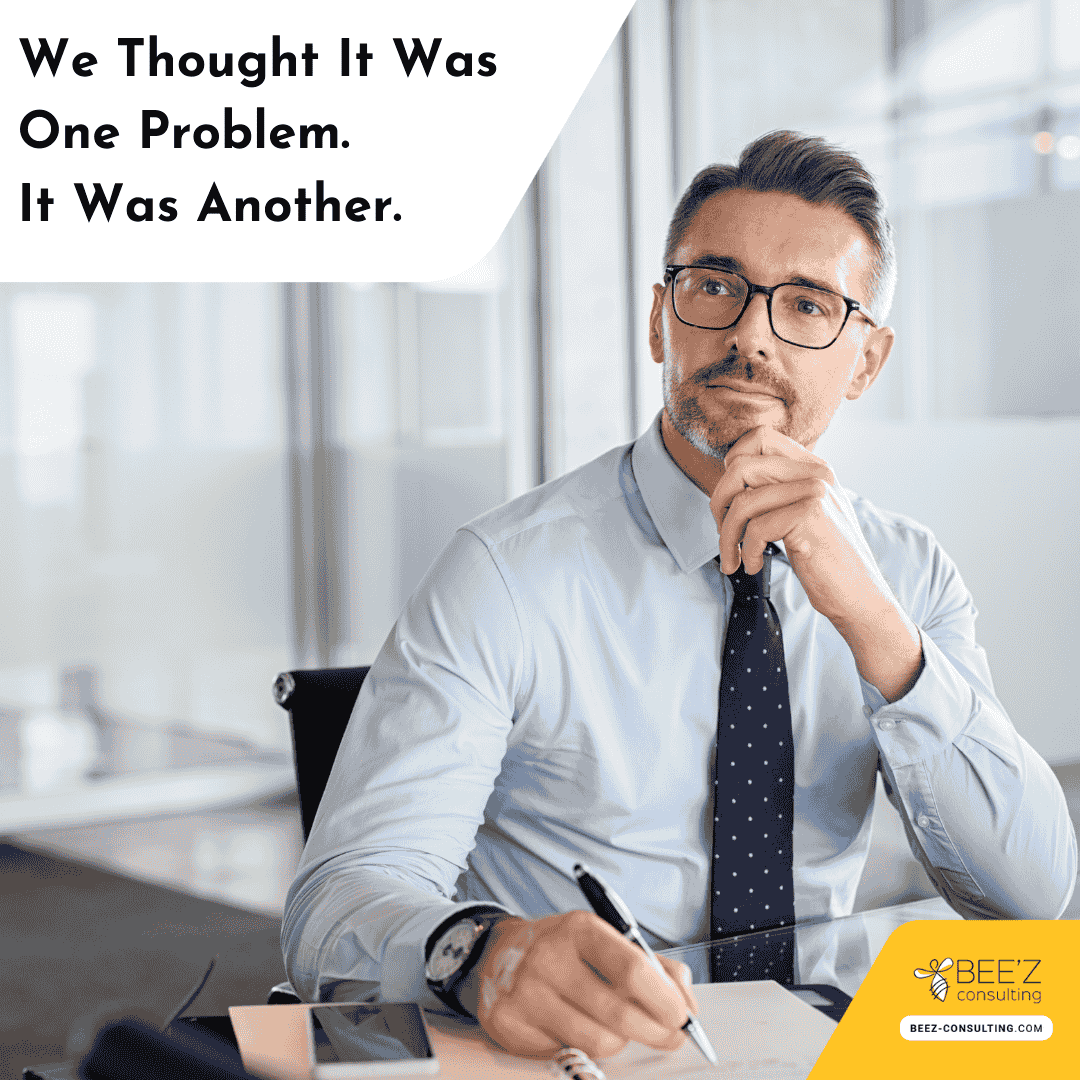.png)
In today’s fast-paced professional world, organizational change is not an exception — it’s the rule. Whether it stems from market shifts, evolving customer expectations, competitive pressure, or new regulations, companies must continuously adapt to thrive. But what exactly does “organizational change” mean? What strategies are required to drive meaningful change? And how can leaders address inevitable resistance?
This article breaks down the core concepts, explores strategic approaches, and shares tools that can help you navigate change successfully. When well-executed, organizational change isn’t just a challenge — it’s a springboard for innovation, performance, and long-term impact.
Organizational change is a complex, multi-layered process that affects structure, culture, operations, services, and even teams. Driven by both opportunity and pressure, these shifts can improve performance — or disrupt it. Understanding three key pillars is essential: organizational culture, the types of change, and what drives success.
Culture isn’t just a “nice to have.” It’s a foundational element that shapes identity, communication, and decision-making. Culture defines how employees interact, collaborate, and respond to change. A strong, aligned culture can accelerate transformation, while a fragmented or toxic culture can block it entirely.
Understanding change is just the beginning — executing it requires thoughtful strategy. Your approach must align with organizational goals, context, and stakeholder needs. Here’s how to build strategies that actually work:
Clear answers to these questions help shape the roadmap, clarify expectations, and gauge readiness across the organization.
A tailored stakeholder engagement plan ensures you turn resistance into advocacy.
Change is emotional — and personal. Supporting your people is non-negotiable.
Resistance isn’t failure — it’s information. Employees may fear loss, uncertainty, or irrelevance. These reactions can derail even the best plans if not handled strategically.
Understanding these dynamics enables proactive, empathetic intervention.
Whatever approach you choose, lead with ethics, clarity, and curiosity.
Organizational change is both a science and an art. It requires data, vision, empathy, and bold execution. Here’s what we’ve explored:
Change isn’t just something you survive — it’s something you lead. If you’re ready to transform your organization into a more agile, innovative, and high-performing version of itself, the time to act is now.
Are you navigating change or preparing for it? Let’s talk. Bee’z Consulting supports C-level teams and HR leaders in driving cultural and strategic transformations with clarity, impact, and trust.


Leçons à partir de 2025. Les véritables obstacles n'étaient ni la stratégie ni la technologie. Il s'agissait de décisions, de charge, de confiance et d'habitudes. Mesures pratiques pour 2026.


Apprenez à transformer les valeurs de votre entreprise en actions quotidiennes grâce à de simples micro-habitudes !

.png)
Une nouvelle étude montre que ce sont vos cadres intermédiaires qui décident si le changement persiste. Découvrez comment les aider grâce à de simples habitudes hebdomadaires et à de véritables ateliers pratiques.
